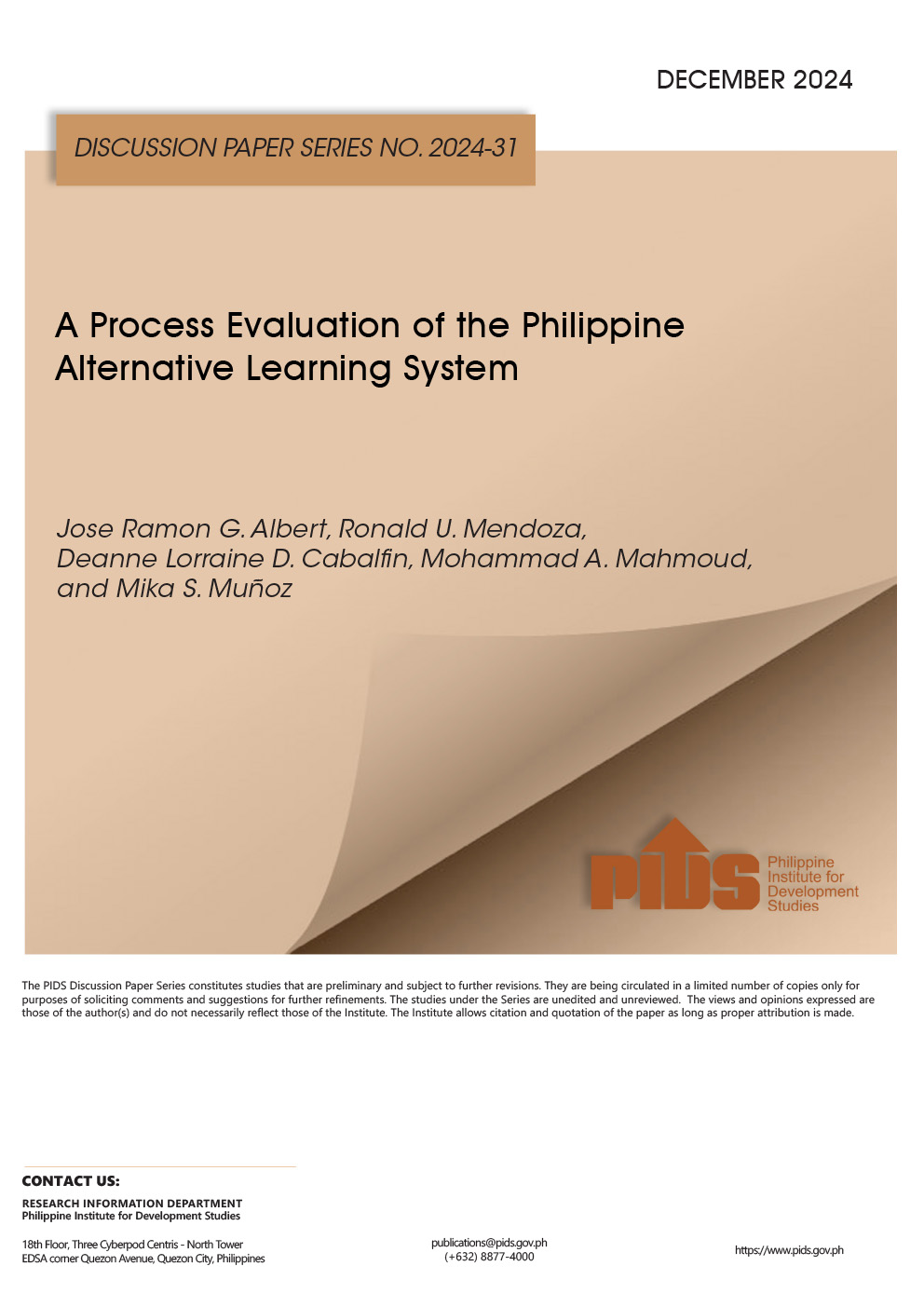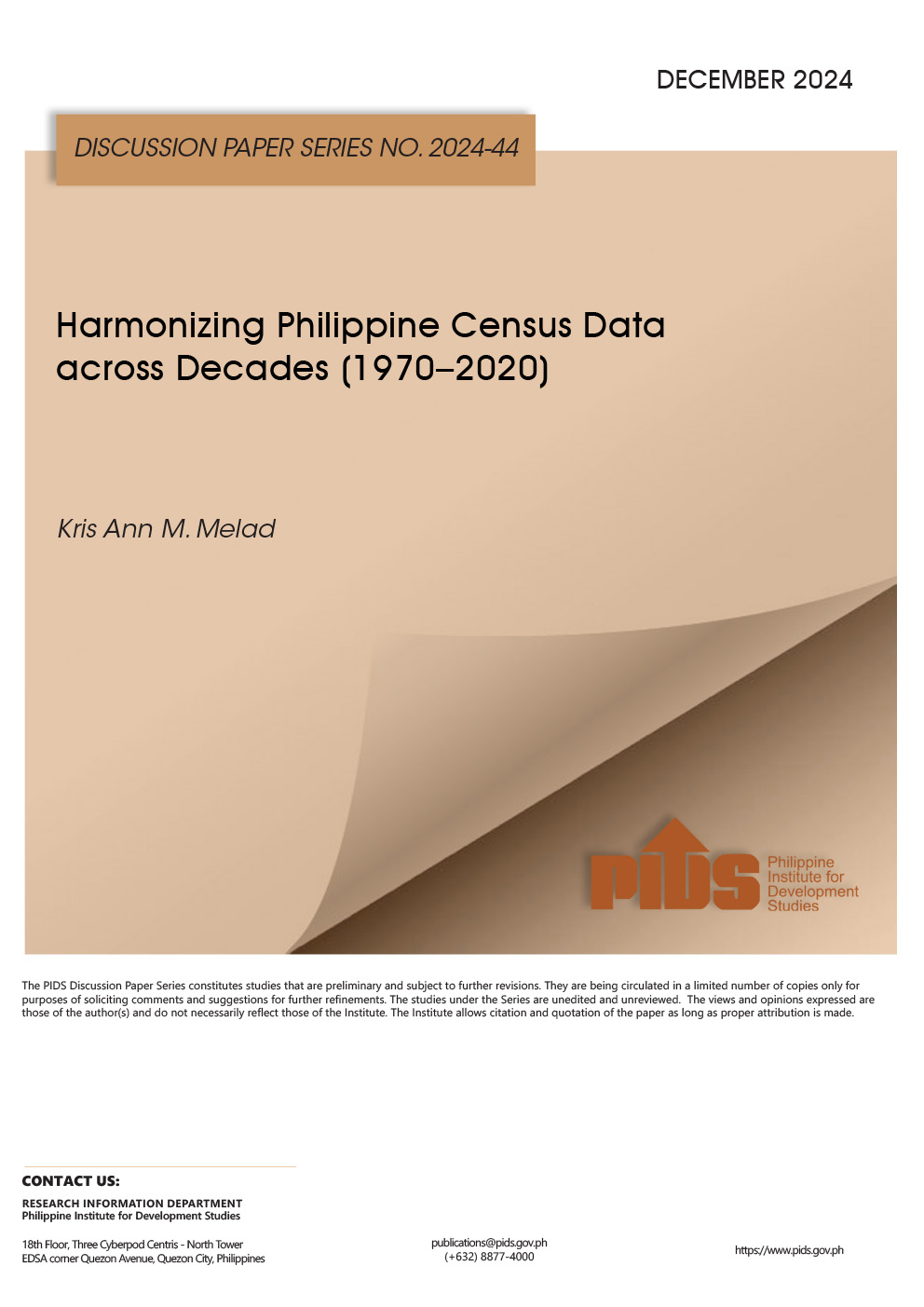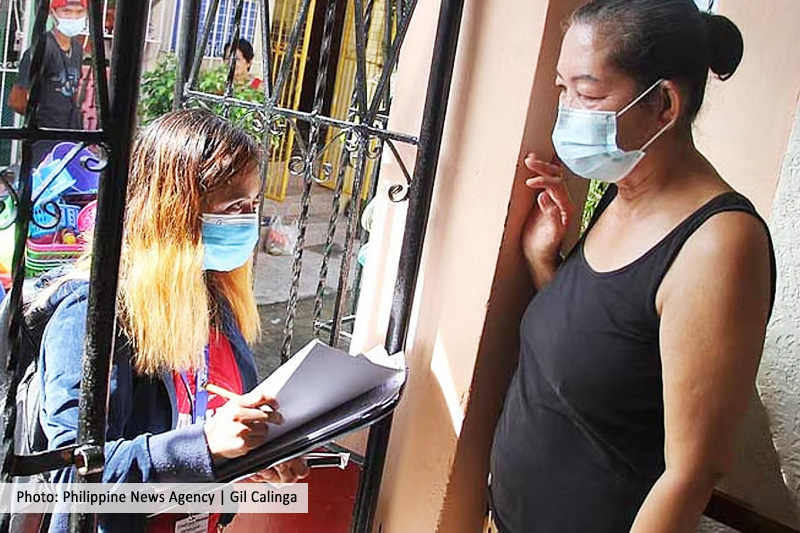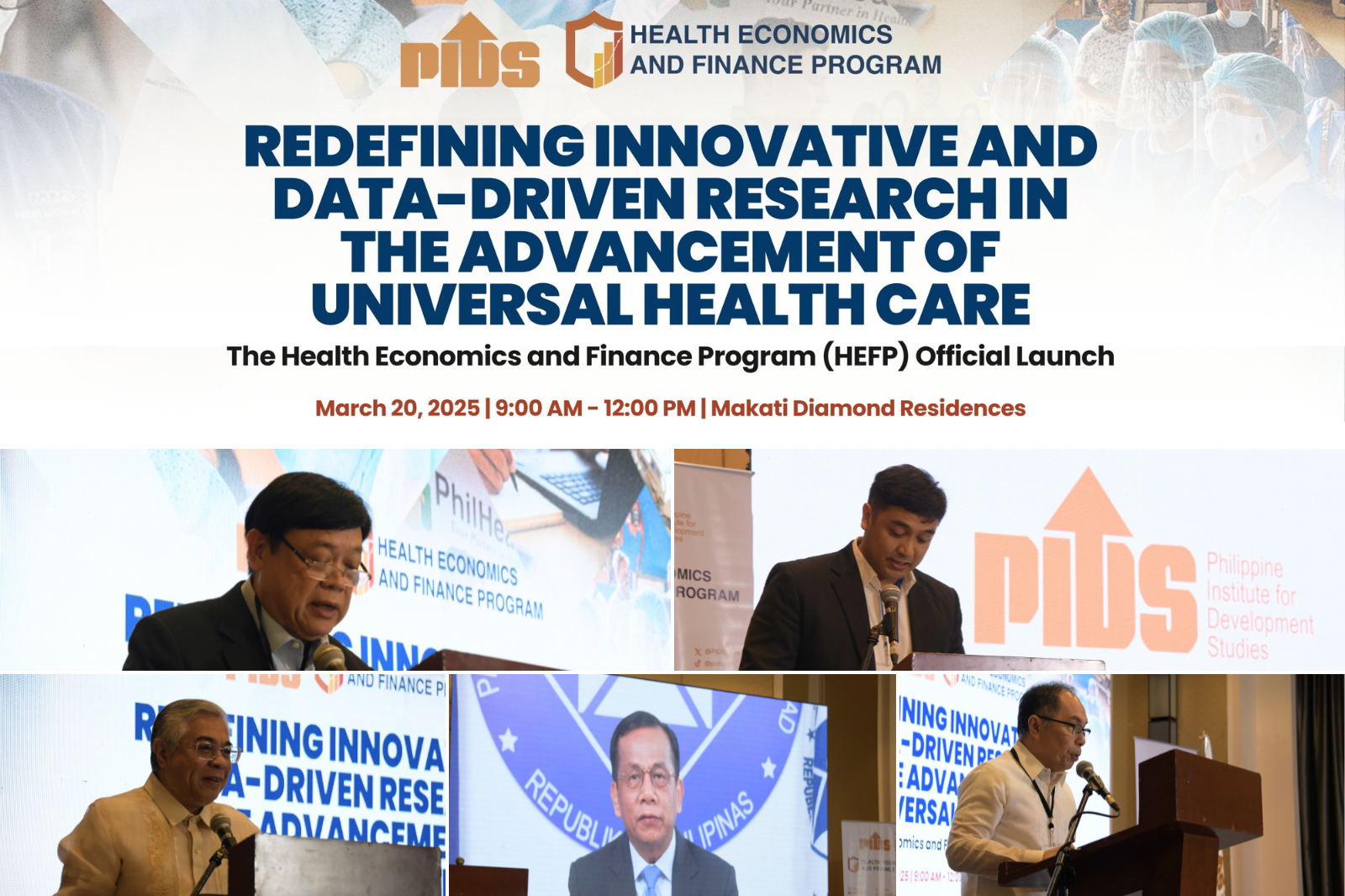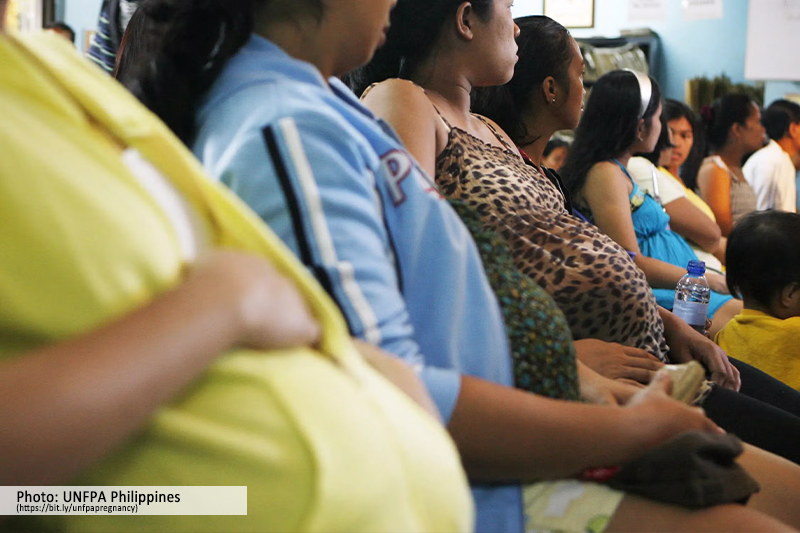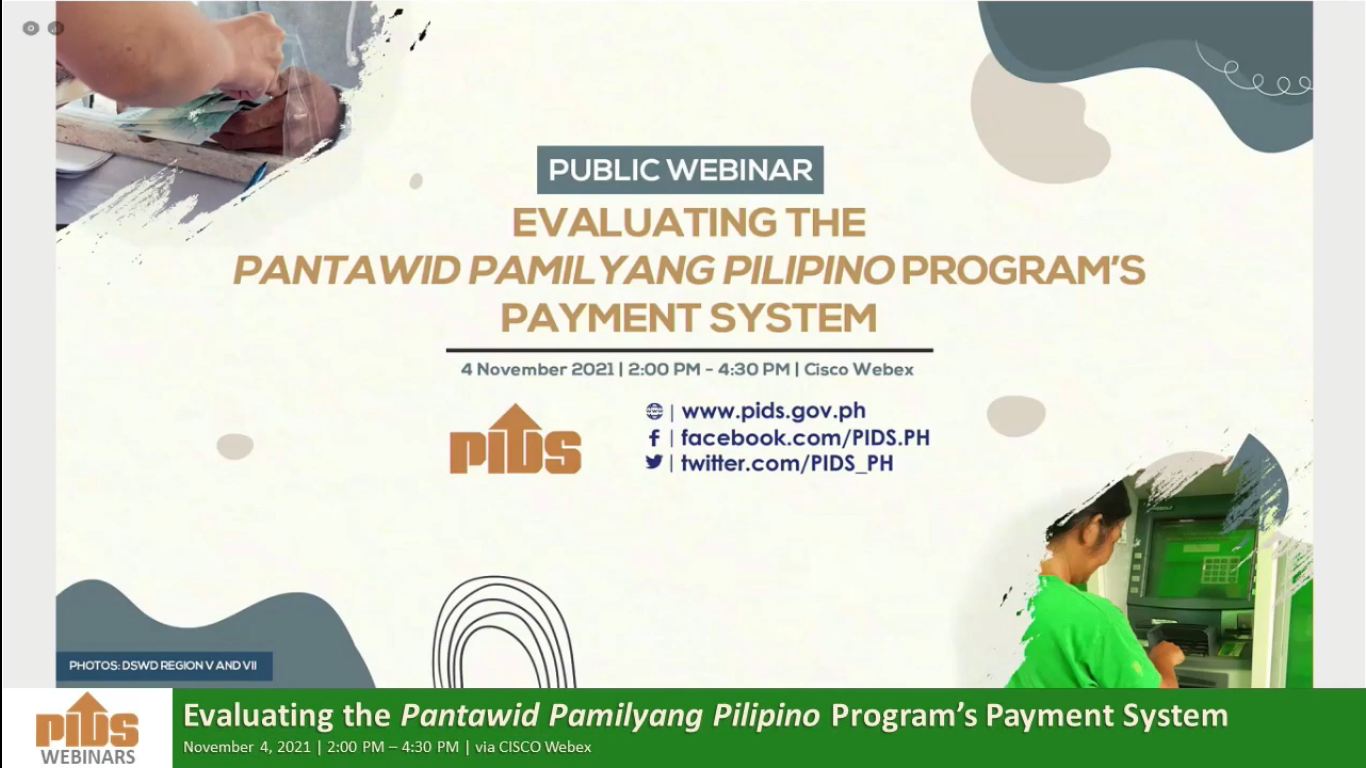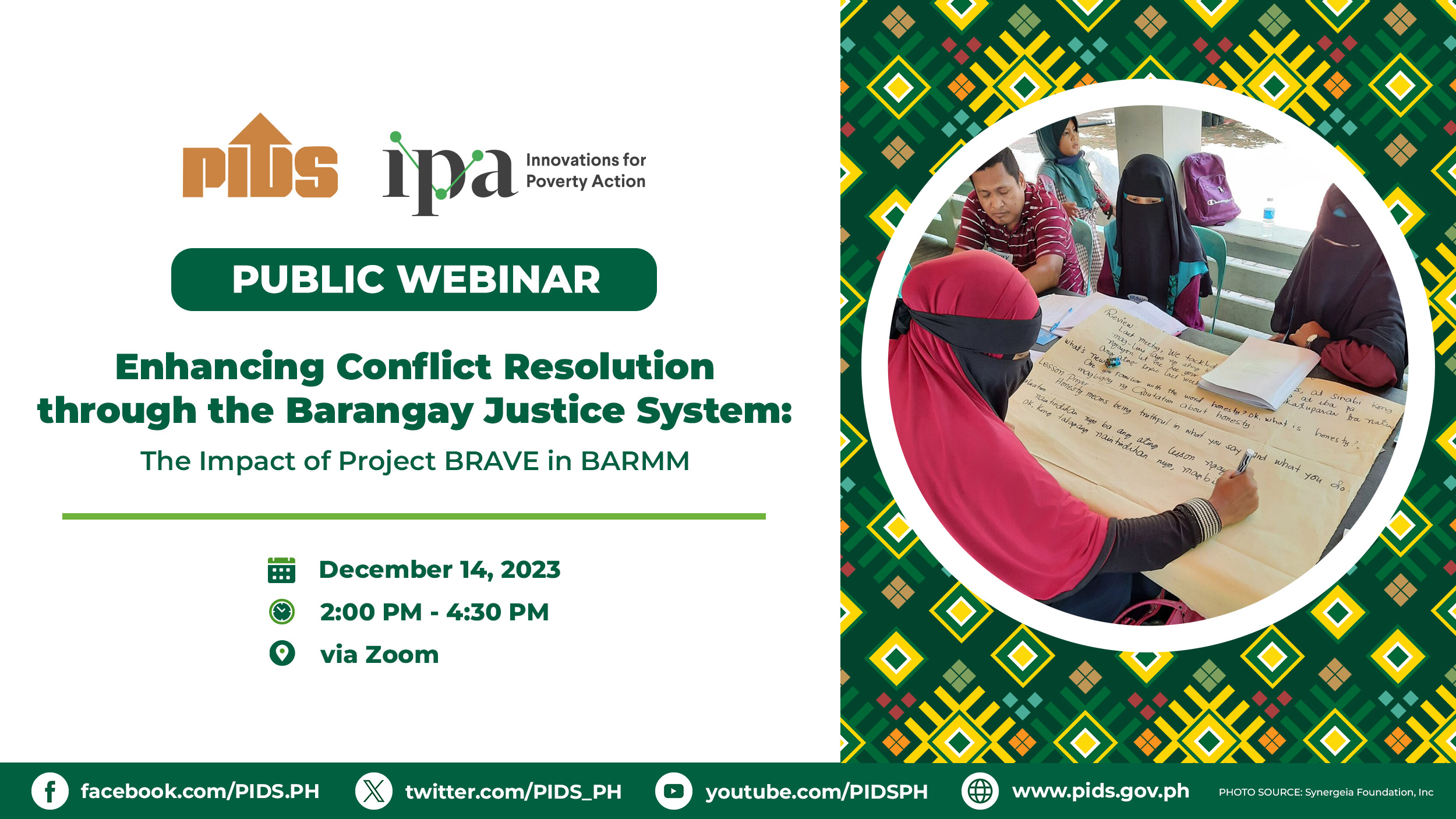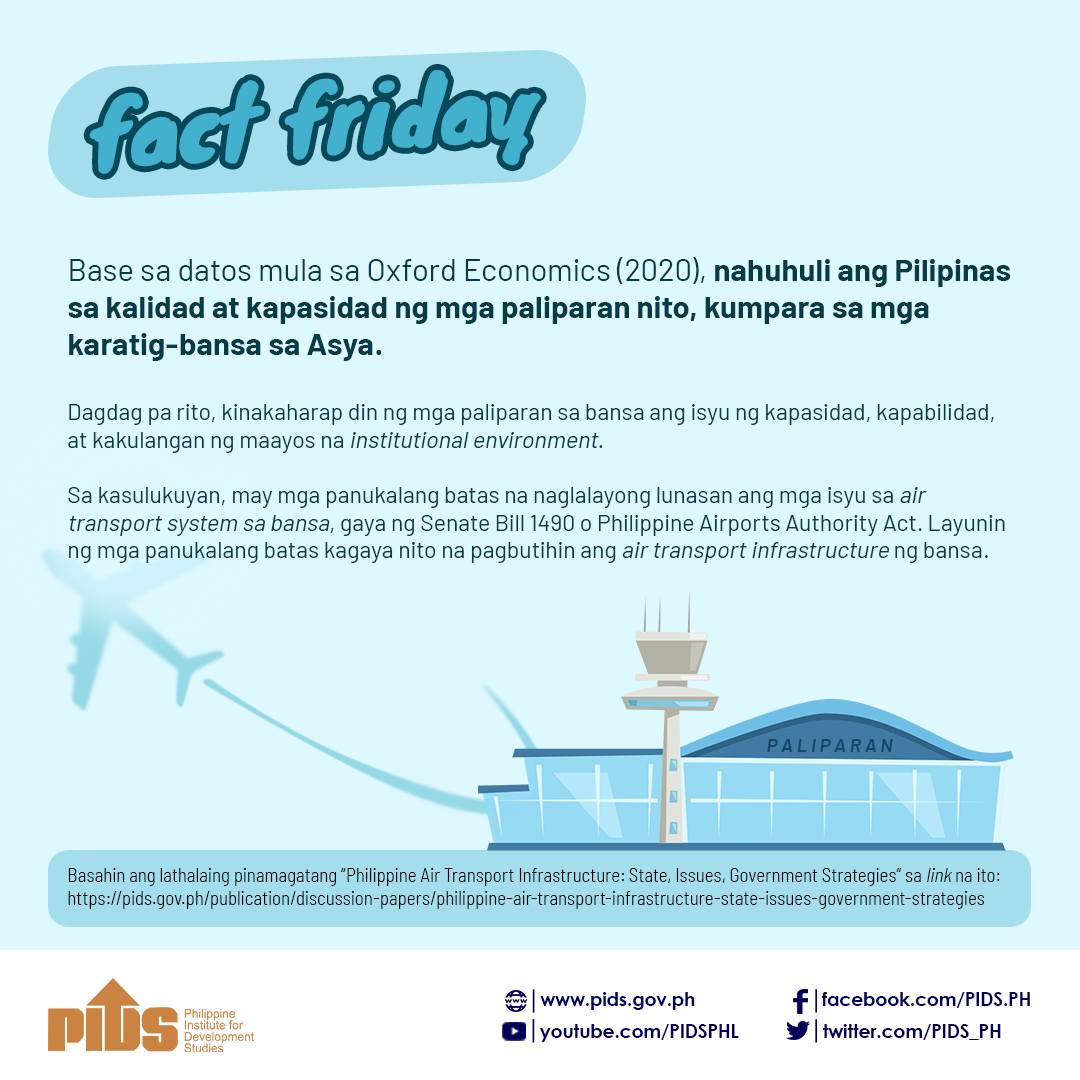While the Philippine Statistical System (PSS) has been touted as one of the world’s best, the Philippine Statistics Authority (PSA) is cognizant of the data gaps that need to be addressed, especially where the Sustainable Development Goals (SDGs) are concerned.
No less than Socioeconomic Planning Secretary Ernesto M. Pernia said that, out of the 232 global SDG indicators, only 94 are readily available for the country to measure its progress.
Around 11 of the 232 indicators are not applicable for the country, but 127 indicators need to be updated and/or developed. Pernia said 59 indicators are not collected regularly, and 68 indicators still do not have methodologies.
But meeting the country’s SDG commitments will not only require greater disaggregation in terms of the available data but a macro approach in terms of improving the entire PSS. And this will not come cheap.
’No free lunch’
Improving the PSS will require an average increase in the PSA of an average budgetary increase of 30 percent to 35 percent over a five-year period.
In a presentation at the International Conference on the Sustainable Development Goals (ICSDGS), Philippine Institute for Development Studies (PIDS) Senior Research Fellow Rosario G. Manasan said the estimate includes the major initiatives of the PSA, including quadrupling the sample size of the family income and expenditure survey (FIES) to 180,000 respondents, from only 45,000 respondents.
Manasan said in her medium-term expenditure framework (MTEF) for the PSA between 2018 and 2023, the increase in the sample size of the FIES will be accompanied by efforts, such as enhancing the agency’s information system and geotagging buildings and structures to create digital maps for census/survey operations.
“I think…[the PSA’s effort is] good. We should really invest. In my opinion, [agencies] say we want this [data], we want this [statistic], but you should allocate funds. There’s no free lunch,” Manasan told BusinessMirror.
The need to invest in statistics is imperative, Manasan added, saying the performance of the country’s statistical system has been “deteriorating” compared to other East Asia and the Pacific countries.
Manasan said the overall statistical-capacity indicator between 2014 and 2016 showed the PSS experienced “persistent gaps in data quality, lack of data on old and new concerns alike”.
She added this was largely due to the lack of monetary and human resources. This was apparent in the 2015, 2016 and 2017 periods, which showed that the PSA’s budget declined compared to previous years.
“After adjusting for variation in conduct of periodic censuses and surveys, total budget allocation for the PSA for the years 2015, 2016 and 2017 is lower than in previous years when expressed as a percentage of GDP,” Manasan said.
In the MTEF, Manasan added the baseline assumptions include an information communications technology (ICT)-investment program, as well as provision for refresh every five years; geotagging of buildings and structures; increasing sample size of FIES from 45,000 to 180,000; and conducting the FIES once every three years, with APIS being conducted during non-FIES years.
Manasan’s baseline computation showed the estimated cost of these policies will reach P4.41 billion in 2018; P5.79 billion in 2019; P6.45 billion in 2020; P3.9 billion in 2021; P4.58 billion in 2022; and P7.08 billion in 2023.
Using 2018 prices, these policies will cost P4.41 billion in 2018; P5.62 billion in 2019; P6.08 billion in 2020; P3.57 billion in 2021; P4.07 billion in 2022; and P6.1 billion in 2023.
This means the average cost of these policies will amount to P4.97 billion between 2018 and 2023.
Scenario 1 assumed ICT-investment program includes provision to refresh it every three years; geotagging of buildings and structures; increasing the sample size of the FIES to 180,000 respondents from only 45,000; and conducting the FIES once every two years, per semester, and conducting the Apis on non-FIES years.
Manasan said the PSA will require P4.41 billion in 2018; P5.79 billion in 2019; P6.66 billion in 2020; P3.95 billion in 2021; P4.54 billion in 2022; and P7.45 billion in 2023.
But these estimates will be higher using expected 2018 prices. The average estimate reaches P4.97 billion between 2018 and 2023.
In 2018 this will amount to P4.41 billion; 2019, P5.62 billion; 2020, P6.27 billion; 2021, P3.61 billion; 2022, P4.03 billion; and 2023, P6.34 billion.
Meanwhile, Scenario 2 assumed ICT-investment program includes provision to refresh it every three years; geotagging of buildings and structures; increasing the sample size of the FIES to 180,000 respondents from only 45,000; conducting the FIES once every two years, per quarter; and conducting the Apis on non-FIES years.
Manasan said this will cost P4.75 billion in 2018; P5.79 billion in 2019; P7.03 billion in 2020; P3.95 billion in 2021; P4.94 billion in 2022; and P7.35 billion in 2023.
Using 2018 prices, these policies will cost P5.26 billion between 2018 and 2023. Annually, this will cost P4.75 billion in 2018; P5.62 billion in 2019; P6.72 billion in 2020; P3.72 billion in 2021; P4.39 billion in 2022; and P6.34 billion in 2023.
“The thing with PSA is that their budget increases if there’s a major survey to be conducted or a census,” Manasan said. “You cannot say every year but on the average it will increase by 35 percent average (every) five years.”
Donor commitments
While the Philippines has its work cut out for it, much is also expected from the donor community.
In a separate presentation at the ICSDGS, Paris21 Secretariat Manager Johannes Jütting said investing in statistics, in general, is needed especially because of current statistical demands, particularly data for the SDGs.
Jütting said governments must invest in statistics more and placing an “ODA (official development assistance) marker” will contribute to better monitoring of aid commitments.
He said global commitments to statistics as a percentage of ODA has not reached a percent of total aid between 2006 and 2015.
Jütting said ODA commitments for statistics as a percentage of total increased to 0.3 percent or $541 million in 2015 from only 0.14 percent or $211 million in 2006.
“(The) good news: more resources and a diverse pool of donors,” Jütting said. “(But it is) not enough.”
He said commitments to statistics in 2006 to 2015 over a three-year rolling period were extended to African countries to 56 percent between 2013 and 2015 from only 43 percent in the 2006 to 2008 period.
The region which received the second highest ODA commitments to statistics was Asia and the Pacific at 22 percent in the 2013 to 2015 period. However, this was lower than the 28 percent allocated to the region between 2006 to 2008.
The top 10 donors for statistics were led by the World Bank which committed 39 percent of total ODA for the sector in 2015. This was followed by Canada at 14 percent; the United Nations Population Fund at nine percent; European Commission/Eurostat at eight percent; and the African Development Bank at five percent.
Donors such as Sweden, United Kingdom, Gates Foundation, Korea, and Australia extended four percent and two percent each. Together these countries accounted for 14 percent of the total statistics investments through ODA.
Making everyone count
The SDGs or Global Goals is a set of 17 socioeconomic goals that 193 United Nation-member countries like the Philippines committed to meet by 2030. The goals are composed of around 169 targets and 232 global indicators. The SDGs were adopted in September 2015.
The Global Goals aim to end poverty and hunger, promote universal health, education for all and lifelong learning, achieve gender equality, sustainable water management, ensure sustainable energy for all, decent work for all, resilient infrastructure, and reduce income inequality between and among countries.
The goals also include create sustainable cities, ensure sustainable consumption and production, take action against climate change, conserve and sustainably use oceans and marine resources, reduce biodiversity loss, achieve peaceful and inclusive societies, and revitalize global partnership for development.
Meeting these ambitious goals is not simple. Governments, donor countries and institutions, and the private sector must work together and “leave no one behind.”
But before the world can achieve its SDG dreams, it must invest in statistics. Local and international experts agree that quality statistics is the key to monitoring the world’s progress.
Experts know that the time is now not only in meeting the goals but making resources available for statistics.
No less than Socioeconomic Planning Secretary Ernesto M. Pernia said that, out of the 232 global SDG indicators, only 94 are readily available for the country to measure its progress.
Around 11 of the 232 indicators are not applicable for the country, but 127 indicators need to be updated and/or developed. Pernia said 59 indicators are not collected regularly, and 68 indicators still do not have methodologies.
But meeting the country’s SDG commitments will not only require greater disaggregation in terms of the available data but a macro approach in terms of improving the entire PSS. And this will not come cheap.
’No free lunch’
Improving the PSS will require an average increase in the PSA of an average budgetary increase of 30 percent to 35 percent over a five-year period.
In a presentation at the International Conference on the Sustainable Development Goals (ICSDGS), Philippine Institute for Development Studies (PIDS) Senior Research Fellow Rosario G. Manasan said the estimate includes the major initiatives of the PSA, including quadrupling the sample size of the family income and expenditure survey (FIES) to 180,000 respondents, from only 45,000 respondents.
Manasan said in her medium-term expenditure framework (MTEF) for the PSA between 2018 and 2023, the increase in the sample size of the FIES will be accompanied by efforts, such as enhancing the agency’s information system and geotagging buildings and structures to create digital maps for census/survey operations.
“I think…[the PSA’s effort is] good. We should really invest. In my opinion, [agencies] say we want this [data], we want this [statistic], but you should allocate funds. There’s no free lunch,” Manasan told BusinessMirror.
The need to invest in statistics is imperative, Manasan added, saying the performance of the country’s statistical system has been “deteriorating” compared to other East Asia and the Pacific countries.
Manasan said the overall statistical-capacity indicator between 2014 and 2016 showed the PSS experienced “persistent gaps in data quality, lack of data on old and new concerns alike”.
She added this was largely due to the lack of monetary and human resources. This was apparent in the 2015, 2016 and 2017 periods, which showed that the PSA’s budget declined compared to previous years.
“After adjusting for variation in conduct of periodic censuses and surveys, total budget allocation for the PSA for the years 2015, 2016 and 2017 is lower than in previous years when expressed as a percentage of GDP,” Manasan said.
In the MTEF, Manasan added the baseline assumptions include an information communications technology (ICT)-investment program, as well as provision for refresh every five years; geotagging of buildings and structures; increasing sample size of FIES from 45,000 to 180,000; and conducting the FIES once every three years, with APIS being conducted during non-FIES years.
Manasan’s baseline computation showed the estimated cost of these policies will reach P4.41 billion in 2018; P5.79 billion in 2019; P6.45 billion in 2020; P3.9 billion in 2021; P4.58 billion in 2022; and P7.08 billion in 2023.
Using 2018 prices, these policies will cost P4.41 billion in 2018; P5.62 billion in 2019; P6.08 billion in 2020; P3.57 billion in 2021; P4.07 billion in 2022; and P6.1 billion in 2023.
This means the average cost of these policies will amount to P4.97 billion between 2018 and 2023.
Scenario 1 assumed ICT-investment program includes provision to refresh it every three years; geotagging of buildings and structures; increasing the sample size of the FIES to 180,000 respondents from only 45,000; and conducting the FIES once every two years, per semester, and conducting the Apis on non-FIES years.
Manasan said the PSA will require P4.41 billion in 2018; P5.79 billion in 2019; P6.66 billion in 2020; P3.95 billion in 2021; P4.54 billion in 2022; and P7.45 billion in 2023.
But these estimates will be higher using expected 2018 prices. The average estimate reaches P4.97 billion between 2018 and 2023.
In 2018 this will amount to P4.41 billion; 2019, P5.62 billion; 2020, P6.27 billion; 2021, P3.61 billion; 2022, P4.03 billion; and 2023, P6.34 billion.
Meanwhile, Scenario 2 assumed ICT-investment program includes provision to refresh it every three years; geotagging of buildings and structures; increasing the sample size of the FIES to 180,000 respondents from only 45,000; conducting the FIES once every two years, per quarter; and conducting the Apis on non-FIES years.
Manasan said this will cost P4.75 billion in 2018; P5.79 billion in 2019; P7.03 billion in 2020; P3.95 billion in 2021; P4.94 billion in 2022; and P7.35 billion in 2023.
Using 2018 prices, these policies will cost P5.26 billion between 2018 and 2023. Annually, this will cost P4.75 billion in 2018; P5.62 billion in 2019; P6.72 billion in 2020; P3.72 billion in 2021; P4.39 billion in 2022; and P6.34 billion in 2023.
“The thing with PSA is that their budget increases if there’s a major survey to be conducted or a census,” Manasan said. “You cannot say every year but on the average it will increase by 35 percent average (every) five years.”
Donor commitments
While the Philippines has its work cut out for it, much is also expected from the donor community.
In a separate presentation at the ICSDGS, Paris21 Secretariat Manager Johannes Jütting said investing in statistics, in general, is needed especially because of current statistical demands, particularly data for the SDGs.
Jütting said governments must invest in statistics more and placing an “ODA (official development assistance) marker” will contribute to better monitoring of aid commitments.
He said global commitments to statistics as a percentage of ODA has not reached a percent of total aid between 2006 and 2015.
Jütting said ODA commitments for statistics as a percentage of total increased to 0.3 percent or $541 million in 2015 from only 0.14 percent or $211 million in 2006.
“(The) good news: more resources and a diverse pool of donors,” Jütting said. “(But it is) not enough.”
He said commitments to statistics in 2006 to 2015 over a three-year rolling period were extended to African countries to 56 percent between 2013 and 2015 from only 43 percent in the 2006 to 2008 period.
The region which received the second highest ODA commitments to statistics was Asia and the Pacific at 22 percent in the 2013 to 2015 period. However, this was lower than the 28 percent allocated to the region between 2006 to 2008.
The top 10 donors for statistics were led by the World Bank which committed 39 percent of total ODA for the sector in 2015. This was followed by Canada at 14 percent; the United Nations Population Fund at nine percent; European Commission/Eurostat at eight percent; and the African Development Bank at five percent.
Donors such as Sweden, United Kingdom, Gates Foundation, Korea, and Australia extended four percent and two percent each. Together these countries accounted for 14 percent of the total statistics investments through ODA.
Making everyone count
The SDGs or Global Goals is a set of 17 socioeconomic goals that 193 United Nation-member countries like the Philippines committed to meet by 2030. The goals are composed of around 169 targets and 232 global indicators. The SDGs were adopted in September 2015.
The Global Goals aim to end poverty and hunger, promote universal health, education for all and lifelong learning, achieve gender equality, sustainable water management, ensure sustainable energy for all, decent work for all, resilient infrastructure, and reduce income inequality between and among countries.
The goals also include create sustainable cities, ensure sustainable consumption and production, take action against climate change, conserve and sustainably use oceans and marine resources, reduce biodiversity loss, achieve peaceful and inclusive societies, and revitalize global partnership for development.
Meeting these ambitious goals is not simple. Governments, donor countries and institutions, and the private sector must work together and “leave no one behind.”
But before the world can achieve its SDG dreams, it must invest in statistics. Local and international experts agree that quality statistics is the key to monitoring the world’s progress.
Experts know that the time is now not only in meeting the goals but making resources available for statistics.

